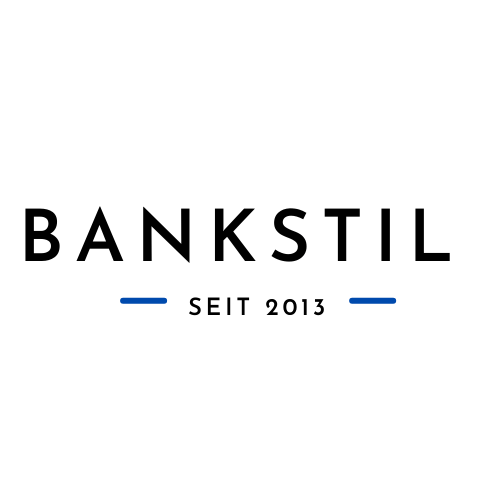Von Ralf Keuper
Digitale Währungen wie der Bitcoin sind, anders als manchmal noch angenommen wird, nicht anonym; sie sind pseudoanonym. Die Identität des Nutzers kann, wenngleich mit hohem Aufwand, festgestellt werden (Vgl. dazu: Bitcoin und Geldwäsche – keine gute Idee).
Diese Aussage trifft auch auf einen digitalen Euro zu. Wie kann dennoch ein Mindestmaß an Anonymität beim digitalen Euro erreicht werden? Dieser Frage geht das Forschungsnetzwerk der EZB, EUROchain, in Exploring anonymity in central bank digital currencies nach. Das Forscherteam hat dazu ein Proof of Concept erstellt.
Wesentliche Erkenntnisse daraus:
The proof of concept drawn up by the ESCB demonstrates that it is possible to construct a simplified CBDC payment system that allows users some degree of privacy for lower-value transactions, while still ensuring that higher-value transactions are subject to mandatory AML/CFT checks.
Eingesetzt wurde mit Unterstützung von Accenture die in Banken schon relativ weit verbreitete Blockchain-Variante R3 Corda. Transaktionen können in dem Proof of C…
